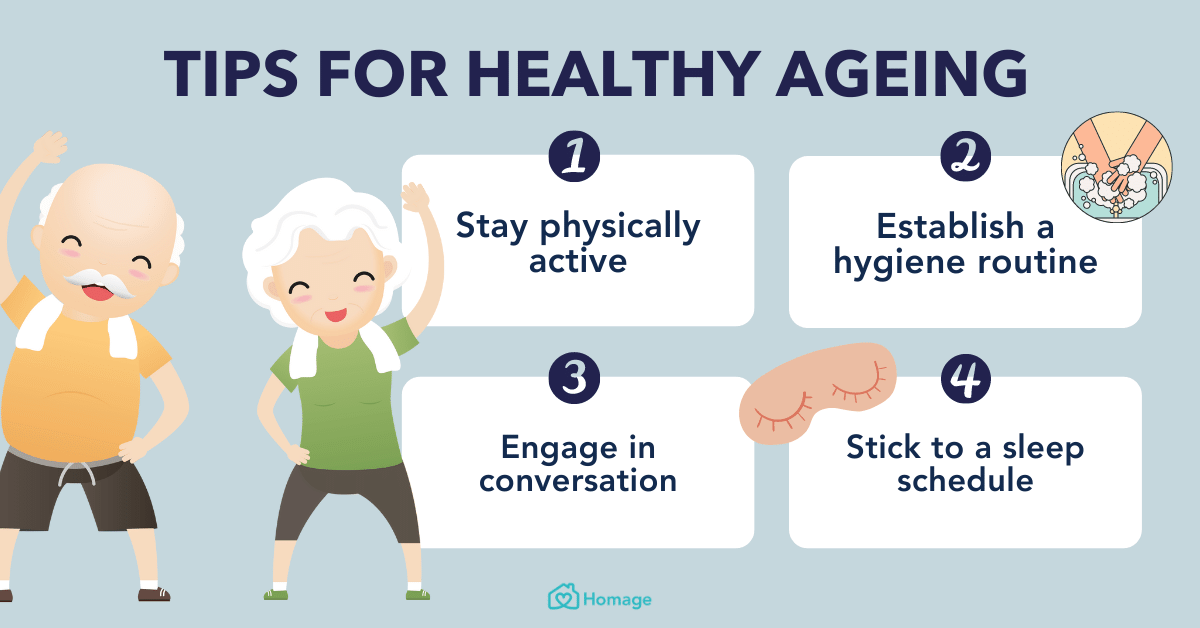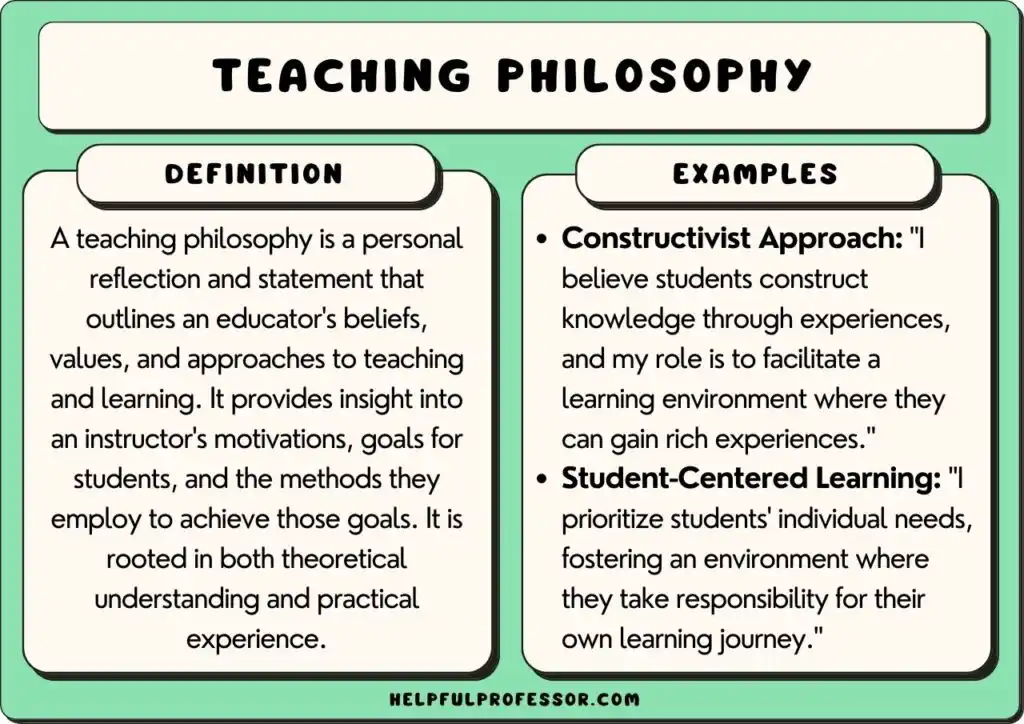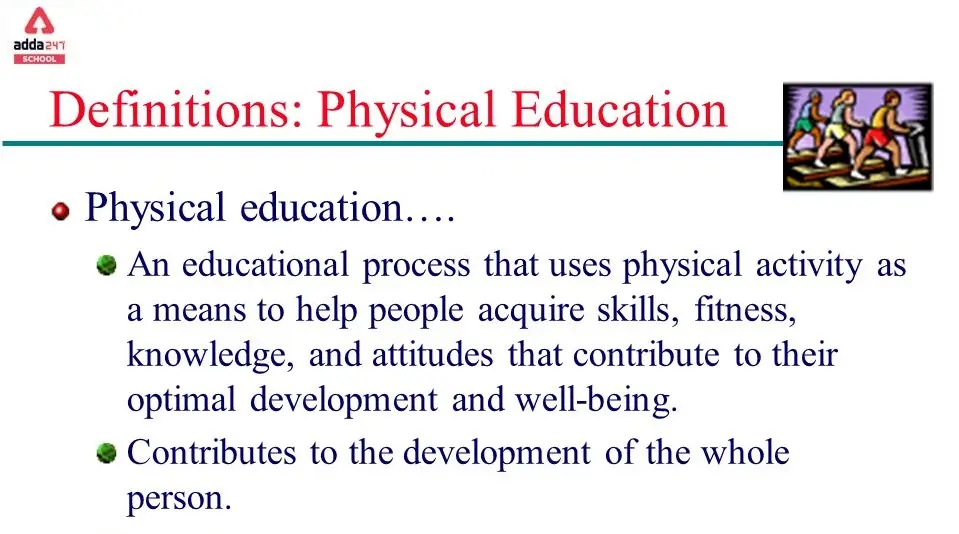Beginner Weightlifting Tips for Success
Mia Wilson

Photo: Beginner Weightlifting Tips for Success
Beginner Weightlifting Tips for Success: How to Get Started and Stay Motivated
Weightlifting is an excellent way to improve overall health, build muscle strength, and boost confidence. However, for beginners, stepping into a gym filled with experienced lifters can be intimidating. Without proper guidance, it’s easy to feel overwhelmed, leading to frustration and possibly even injury. This article offers essential beginner weightlifting tips for success to help you start your strength training journey safely and effectively.
The Importance of Weightlifting for Beginners
Weightlifting isn’t just for bodybuilders or elite athletes. It’s a vital component of a well-rounded fitness routine, offering numerous physical and mental health benefits. Strength training increases muscle mass, strengthens bones, improves metabolic health, and enhances functional movement. For beginners, understanding these benefits can provide the motivation needed to commit to a consistent weightlifting regimen.
Beginner Weightlifting Tips for a Strong Start
1. Set Realistic Goals (and Track Your Progress)
Before jumping into a weightlifting routine, it’s important to set clear, achievable goals. Whether your objective is to gain strength, lose fat, or improve overall fitness, having a specific target will keep you focused.
- Short-term goals: Aim to complete three weightlifting sessions per week for the first month.
- Long-term goals: Set performance-oriented targets, such as increasing your squat or deadlift weight by 20% over six months.
Tracking progress through a journal or an app can help you stay accountable and motivated. Document your exercises, sets, reps, and weights used to measure improvements over time.
2. Learn Proper Form First
One of the most common mistakes beginners make is prioritizing heavier weights over proper form. Incorrect technique increases the risk of injury and limits your long-term potential for strength gains.
- Focus on compound movements: Exercises like squats, deadlifts, bench presses, and rows are fundamental for building overall strength.
- Start with bodyweight exercises: Mastering bodyweight movements such as push-ups, squats, and lunges ensures you develop proper mechanics before adding weights.
- Use a mirror or seek professional guidance: Watching your form in a mirror or hiring a certified personal trainer can prevent bad habits from forming.
3. Warm Up and Cool Down Properly
Skipping a warm-up is a fast track to injury. A proper warm-up prepares your muscles, joints, and nervous system for the workout ahead.
- Dynamic stretching: Perform stretches that involve movement, such as leg swings and arm circles, to loosen tight muscles.
- Light cardio: Five to ten minutes of light cycling or jogging can increase blood flow and raise your core temperature.
- Cooldown: After your workout, focus on static stretching to improve flexibility and reduce muscle stiffness.
4. Start with Light Weights and Increase Gradually
Many beginners make the mistake of starting with weights that are too heavy. This can lead to poor form and injury.
- Progressive overload: Gradually increasing the weight over time is key to building strength and muscle. Start with a weight that allows you to complete all reps with proper form.
- Follow the 10% rule: Increase the weight by no more than 10% per week to ensure steady, safe progress.
Common Weightlifting Mistakes to Avoid
Even with the best intentions, beginners can fall into certain traps that hinder their progress. Here are some common mistakes and how to avoid them:
1. Overtraining and Ignoring Recovery
While enthusiasm is great, overtraining can lead to burnout and injury. Your muscles need time to recover and grow after each workout.
- Rest days: Ensure you take at least one or two full rest days per week.
- Sleep: Aim for 7-9 hours of sleep per night to aid recovery and performance.
- Nutrition: Eating a balanced diet rich in protein, complex carbs, and healthy fats supports muscle repair and energy levels.
2. Neglecting Smaller Muscle Groups
Beginners often focus solely on large muscle groups like the chest, back, and legs, neglecting smaller stabilizing muscles.
- Incorporate accessory exercises: Add movements like bicep curls, tricep extensions, and lateral raises to your routine.
- Don’t skip core work: A strong core improves balance and stability during heavy lifts.
3. Comparing Yourself to Others
It’s easy to get discouraged when you see more experienced lifters lifting heavy weights effortlessly. Remember, everyone starts somewhere.
- Focus on personal progress: Compare yourself only to where you started. Celebrate small wins like lifting a heavier weight or mastering a new exercise.
- Stay consistent: The key to long-term success in weightlifting is consistency. Results will come with time and effort.
Building a Beginner-Friendly Weightlifting Routine
A simple, effective beginner weightlifting routine includes a mix of compound and isolation exercises targeting all major muscle groups. Here’s a sample three-day routine:
Day 1: Upper Body
- Bench Press – 3 sets of 8-10 reps
- Bent-Over Rows – 3 sets of 8-10 reps
- Shoulder Press – 3 sets of 8-10 reps
- Bicep Curls – 2 sets of 10-12 reps
- Tricep Dips – 2 sets of 10-12 reps
Day 2: Lower Body
- Squats – 3 sets of 8-10 reps
- Deadlifts – 3 sets of 8-10 reps
- Lunges – 3 sets of 8-10 reps (per leg)
- Calf Raises – 2 sets of 10-12 reps
- Plank – 3 sets of 30-60 seconds
Day 3: Full Body
- Pull-Ups or Lat Pulldown – 3 sets of 8-10 reps
- Dumbbell Press – 3 sets of 8-10 reps
- Dumbbell Rows – 3 sets of 8-10 reps
- Bulgarian Split Squats – 3 sets of 8-10 reps (per leg)
- Side Plank – 3 sets of 30-60 seconds per side
Staying Motivated on Your Weightlifting Journey
Sticking to a new fitness routine can be challenging. Here are some tips to maintain motivation:
- Find a workout partner: Having someone to train with can make weightlifting more enjoyable and keep you accountable.
- Set mini-milestones: Break larger goals into smaller, achievable steps. Reward yourself when you reach them.
- Mix it up: Avoid boredom by changing exercises or routines every few weeks.
- Track your feelings: Notice how weightlifting improves your mood, energy, and confidence over time.
Conclusion
Weightlifting is a rewarding activity that offers numerous health benefits for beginners and experienced lifters alike. By starting with proper form, setting realistic goals, and focusing on gradual progress, you can build a solid foundation for long-term success. Remember to prioritize recovery, avoid common pitfalls, and stay consistent. With time and effort, you’ll see both physical and mental improvements that make the journey well worth it. Happy lifting!
For You
View AllFind out whether an SUV or a sedan is the better choice for your lifestyle. Compare space, performance, and efficiency now!
Mia Wilson
Discover the importance of health education in promoting wellness and preventing diseases. Start your journey to health today!
Mia Wilson
Get insights into VPS hosting prices and how to choose an affordable plan.
Mia Wilson
Save money while traveling with these 10 genius budget travel hacks. Explore the world without emptying your wallet!
Mia Wilson
Dive into special education, its purpose, and how it supports students with unique needs. Learn how it changes lives!
Mia Wilson
Learn why physical education is essential for health, academics, and personal growth. Get inspired to stay active!
Mia Wilson
Health










Education
View All
June 1, 2025
What Is Your Philosophy of Education?
Reflect on your philosophy of education, its core values, and how it influences teaching and learning practices. Discover your approach today!

April 14, 2025
What Is Physical Education? Explained!
Discover the importance of physical education, its benefits, and why it's crucial for overall development. Learn more now!

April 19, 2025
What Is Higher Education?
Understand higher education, its benefits, and how it shapes future opportunities. Explore your potential now!





